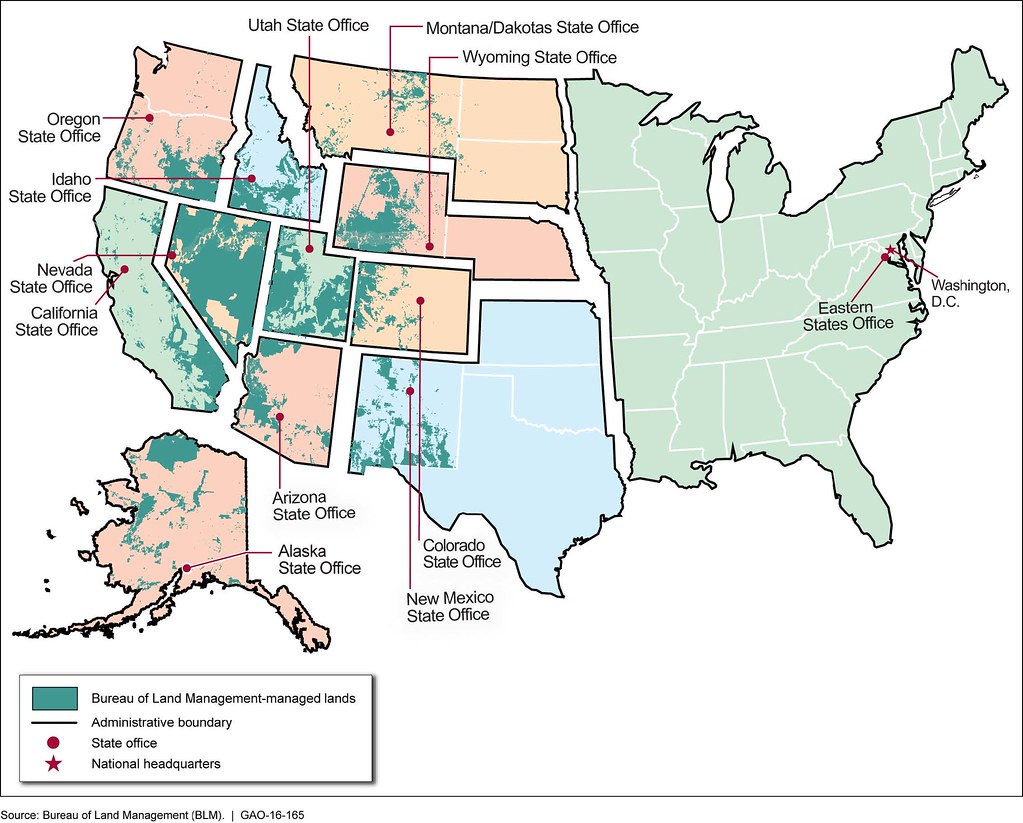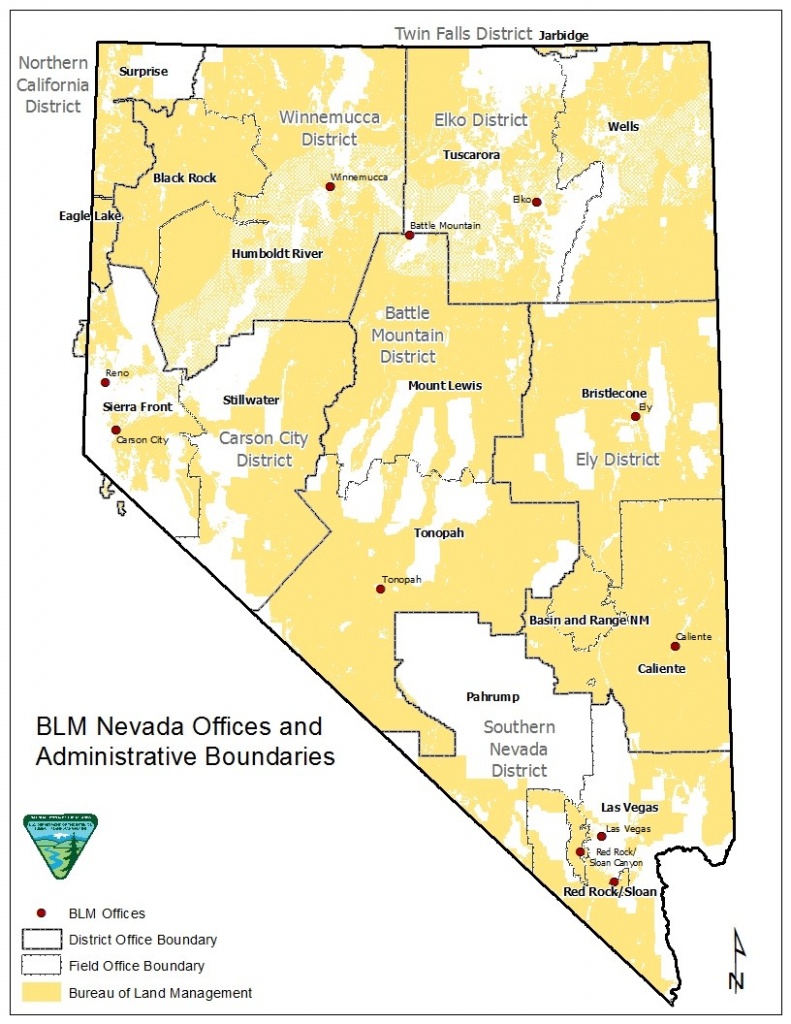What Is BLM Land? Understanding The Vast Public Lands Managed By The Bureau Of Land Management
When you think of America's vast landscapes, national parks, and wilderness areas, the Bureau of Land Management (BLM) plays a critical role in preserving these treasures. The BLM manages millions of acres of public land, offering recreational opportunities, conserving natural resources, and ensuring the sustainable use of these areas. Understanding what BLM land is and how it operates is essential for anyone interested in exploring or utilizing these resources responsibly.
BLM land represents a significant portion of the U.S. public land system, encompassing diverse ecosystems, cultural sites, and recreational areas. These lands are managed for multiple purposes, including conservation, recreation, energy development, and grazing. In this article, we will delve into the intricacies of BLM land, its history, management practices, and the importance of preserving these areas for future generations.
As we explore the vast public lands managed by the BLM, you'll gain insights into the agency's mission, the challenges it faces, and the opportunities it offers. Whether you're a nature enthusiast, a researcher, or simply curious about the public lands in the U.S., this article will provide a comprehensive overview of what BLM land is all about.
Read also:No Te Duermas Morena A Comprehensive Guide To Understanding The Phrase And Its Cultural Significance
Table of Contents
- Overview of BLM Land
- The History of BLM Land
- How BLM Land is Managed
- Diverse Ecosystems on BLM Land
- Recreational Opportunities on BLM Land
- Conservation Efforts on BLM Land
- Challenges Facing BLM Land
- Regulations and Policies for BLM Land
- Key Statistics About BLM Land
- The Future of BLM Land
Overview of BLM Land
BLM land refers to the public lands managed by the Bureau of Land Management, an agency within the U.S. Department of the Interior. These lands cover approximately 245 million acres, primarily located in the western United States. The BLM is responsible for overseeing these areas, ensuring they are used sustainably while preserving their natural beauty and ecological significance.
One of the primary goals of the BLM is to balance multiple uses of the land, such as recreation, grazing, mining, and conservation. This multifaceted approach ensures that the public lands remain accessible and productive for current and future generations. By understanding the role of BLM land, we can appreciate the importance of responsible land management and its impact on the environment.
Types of BLM Land
BLM land is categorized into various types based on its intended use and management priorities. Some of the most common types include:
- National Conservation Lands
- Wilderness Areas
- Grazing Lands
- Energy Development Zones
Each type of BLM land is managed differently to meet specific objectives, whether it's preserving natural habitats, supporting local economies, or providing recreational opportunities.
The History of BLM Land
The origins of BLM land date back to the early days of the United States when the federal government began acquiring large tracts of land through treaties, purchases, and explorations. Initially, much of this land was used for homesteading and settlement, but as the nation grew, so did the need for organized land management.
Read also:Mike Faist Dating A Closer Look At His Love Life And Career
In 1946, the Bureau of Land Management was established to consolidate the responsibilities of the General Land Office and the Grazing Service. Since then, the BLM has evolved to address the changing needs of the public and the environment. Today, the agency continues to play a vital role in managing the nation's public lands.
Key Historical Events
Several key events have shaped the history of BLM land:
- The Homestead Act of 1862
- The Taylor Grazing Act of 1934
- The Federal Land Policy and Management Act of 1976
These legislative milestones have influenced how BLM land is managed and utilized today.
How BLM Land is Managed
The management of BLM land involves a complex process that balances competing interests and priorities. The agency employs a team of professionals, including biologists, geologists, and land managers, to ensure that the land is used sustainably and responsibly.
BLM land management strategies include:
- Resource planning
- Environmental assessments
- Public engagement and collaboration
By involving stakeholders and considering scientific data, the BLM aims to make informed decisions that benefit both the land and the people who use it.
Multiple Use Mandate
One of the core principles of BLM land management is the "multiple use" mandate, which requires the agency to consider various uses of the land, such as recreation, grazing, and energy development. This approach ensures that the land is used in a way that maximizes its potential while minimizing environmental impact.
Diverse Ecosystems on BLM Land
BLM land is home to a wide variety of ecosystems, ranging from deserts and grasslands to forests and wetlands. These diverse habitats support countless species of plants and animals, many of which are found nowhere else in the world.
Some of the most notable ecosystems on BLM land include:
- Desert ecosystems in the Southwest
- Coastal ecosystems along the Pacific Ocean
- Mountain ecosystems in the Rockies
By protecting these ecosystems, the BLM helps preserve biodiversity and maintain the ecological health of the region.
Conservation of Endangered Species
A significant aspect of BLM land management is the conservation of endangered species. The agency works closely with scientists and conservation organizations to protect habitats and promote recovery efforts for species at risk. This commitment to conservation ensures that future generations can enjoy the rich biodiversity of BLM land.
Recreational Opportunities on BLM Land
BLM land offers countless recreational opportunities for outdoor enthusiasts. From hiking and camping to fishing and hunting, these public lands provide a wide range of activities for people of all ages and interests.
Some popular recreational activities on BLM land include:
- Hiking and backpacking
- Camping and RVing
- Fishing and boating
By promoting responsible recreation, the BLM encourages people to enjoy the natural beauty of these lands while minimizing their impact on the environment.
Visitor Centers and Educational Programs
To enhance the visitor experience, the BLM operates several visitor centers and educational programs that provide information about the history, culture, and natural resources of the area. These programs help visitors appreciate the significance of BLM land and the importance of preserving it for future generations.
Conservation Efforts on BLM Land
Conservation is a top priority for the BLM, which works tirelessly to protect the natural and cultural resources of its lands. The agency employs a variety of strategies to achieve this goal, including habitat restoration, wildfire management, and invasive species control.
Some of the key conservation efforts on BLM land include:
- Habitat restoration projects
- Wildfire prevention and suppression
- Control of invasive species
By implementing these strategies, the BLM helps maintain the ecological integrity of its lands and ensures their long-term sustainability.
Collaboration with Conservation Organizations
The BLM partners with numerous conservation organizations to enhance its conservation efforts. These collaborations bring together expertise and resources to address complex environmental challenges and promote the health of BLM lands.
Challenges Facing BLM Land
Despite its successes, the BLM faces numerous challenges in managing its vast public lands. Issues such as climate change, urban development, and resource extraction pose significant threats to the ecological and cultural integrity of these areas.
Some of the most pressing challenges facing BLM land include:
- Climate change and its impact on ecosystems
- Urban sprawl and land-use conflicts
- Resource extraction and its environmental consequences
Addressing these challenges requires innovative solutions and strong partnerships between the BLM, stakeholders, and the public.
Climate Change and Its Effects
Climate change is one of the most significant threats to BLM land, altering ecosystems and impacting wildlife populations. The BLM is actively working to mitigate these effects through adaptive management strategies and research initiatives.
Regulations and Policies for BLM Land
The management of BLM land is governed by a complex set of regulations and policies designed to ensure responsible use and preservation of these resources. These rules cover a wide range of topics, from grazing permits to energy development.
Some of the key regulations and policies affecting BLM land include:
- Grazing regulations
- Energy development guidelines
- Recreational use rules
By adhering to these regulations, the BLM ensures that its lands are managed in a way that benefits both people and the environment.
Public Involvement in Policy Development
Public involvement is a critical component of BLM policy development. The agency encourages input from stakeholders and the public to ensure that its policies reflect the needs and values of the communities they serve.
Key Statistics About BLM Land
Understanding the scope and scale of BLM land requires looking at some key statistics. These figures provide insight into the vastness and diversity of the lands managed by the agency.
Some important statistics about BLM land include:
- Approximately 245 million acres of land managed by the BLM
- More than 63 million acres designated as National Conservation Lands
- Over 30 million acres of wilderness areas
These numbers highlight the significance of BLM land in the U.S. public land system and the agency's role in managing these resources.
The Future of BLM Land
As the world continues to change, so too must the management of BLM land. The agency faces new challenges and opportunities as it strives to balance competing interests and priorities in the years ahead.
Some of the key issues shaping the future of BLM land include:
- Advances in technology and their impact on land management
- Changing demographics and their influence on public land use
- Global environmental challenges and their effect on BLM land
By adapting to these changes, the BLM can ensure that its lands remain healthy and productive for generations to come.
Commitment to Sustainability
The BLM remains committed to sustainable land management practices that prioritize environmental health, economic vitality, and social equity. This commitment ensures that the agency continues to play a vital role in preserving the nation's public lands.
Kesimpulan
In conclusion, understanding what BLM land is and how it is managed is crucial for anyone interested in the preservation and responsible use of America's public lands. From its diverse ecosystems and recreational opportunities to its conservation efforts and challenges, BLM land represents a vital component of the nation's natural heritage.
We encourage you to explore these magnificent lands and learn more about the BLM's mission and achievements. By sharing this article and engaging with the BLM's work, you can help ensure that these lands are preserved for future generations to enjoy. Don't forget to check out other articles on our site for more information about public lands and environmental conservation.
Article Recommendations


